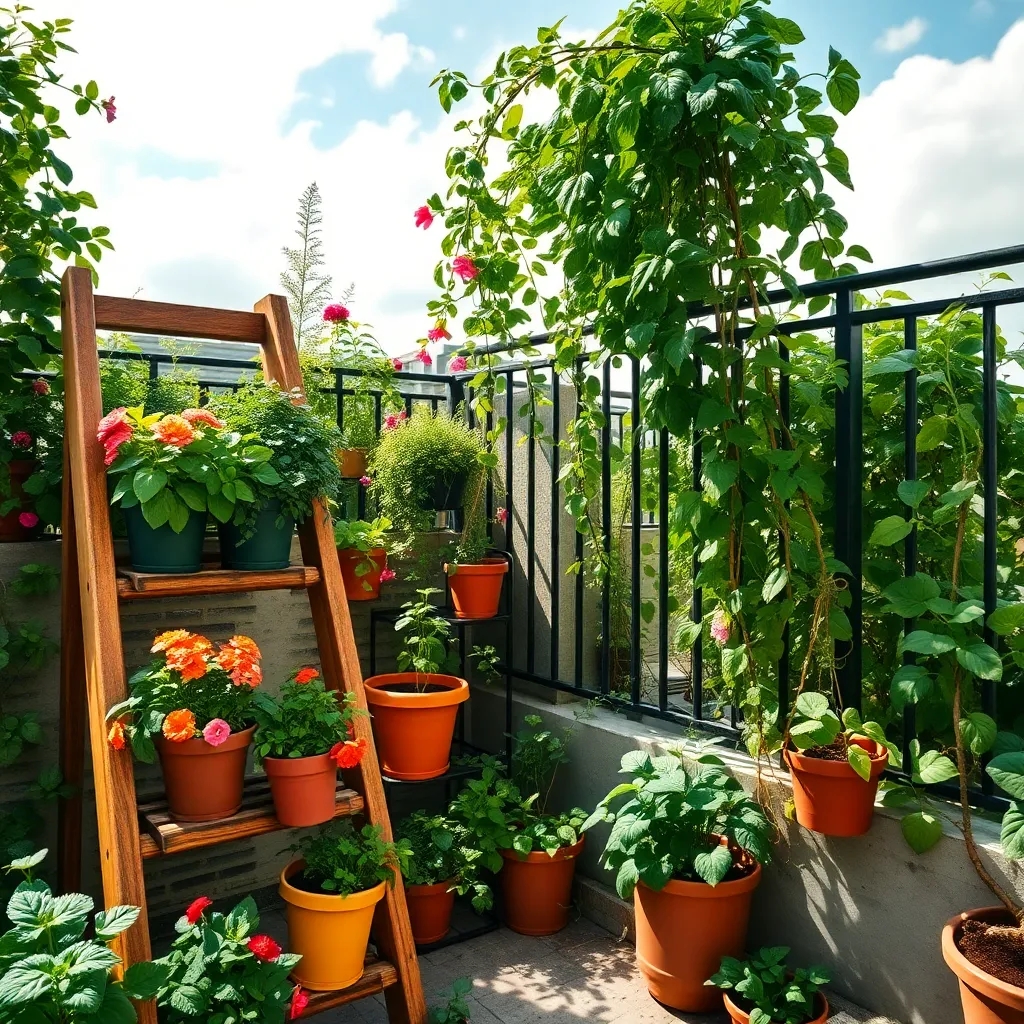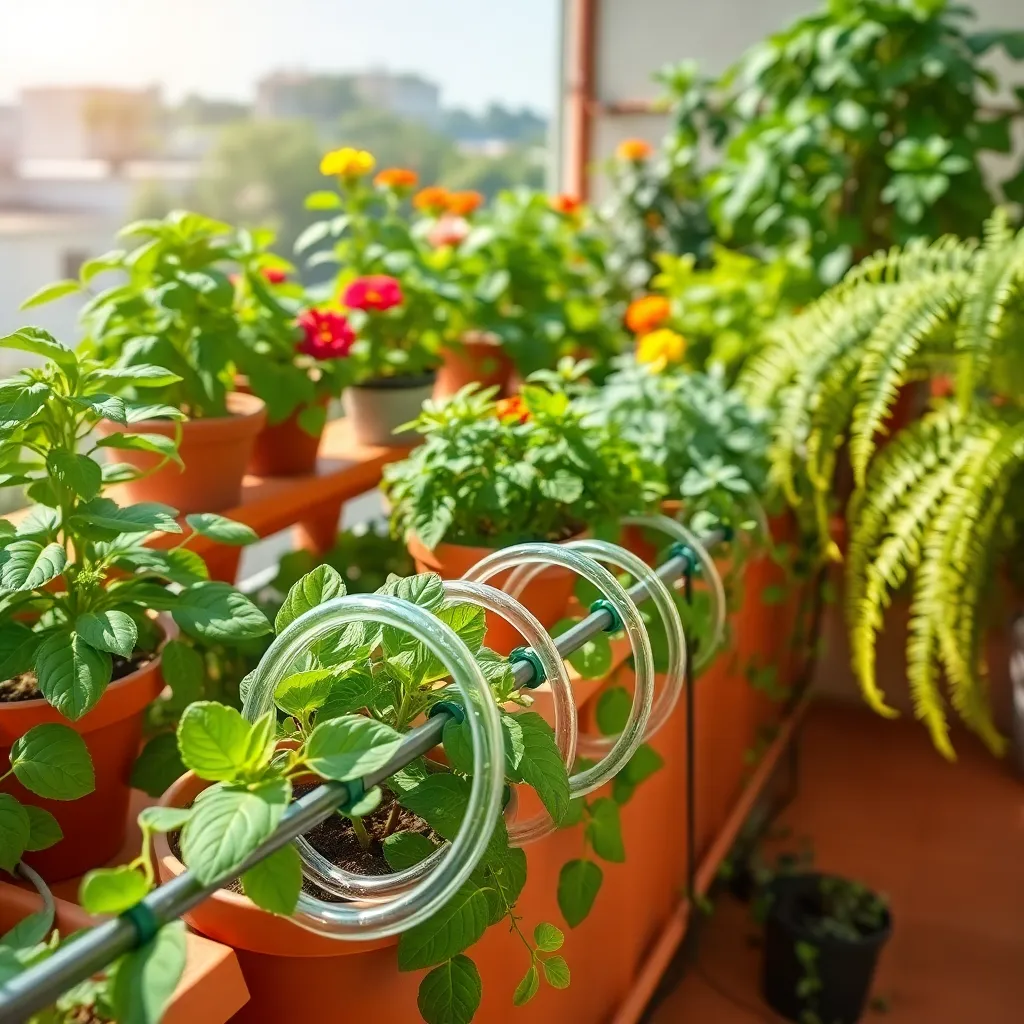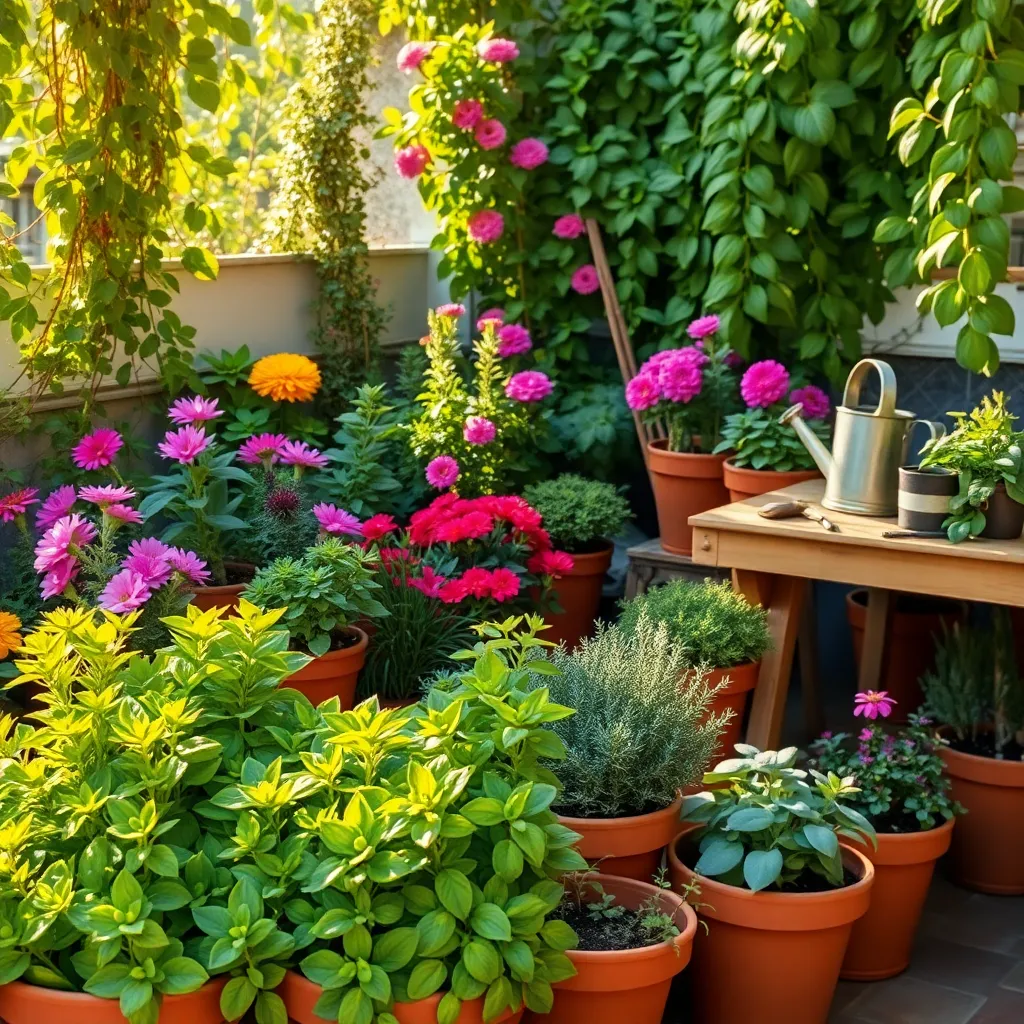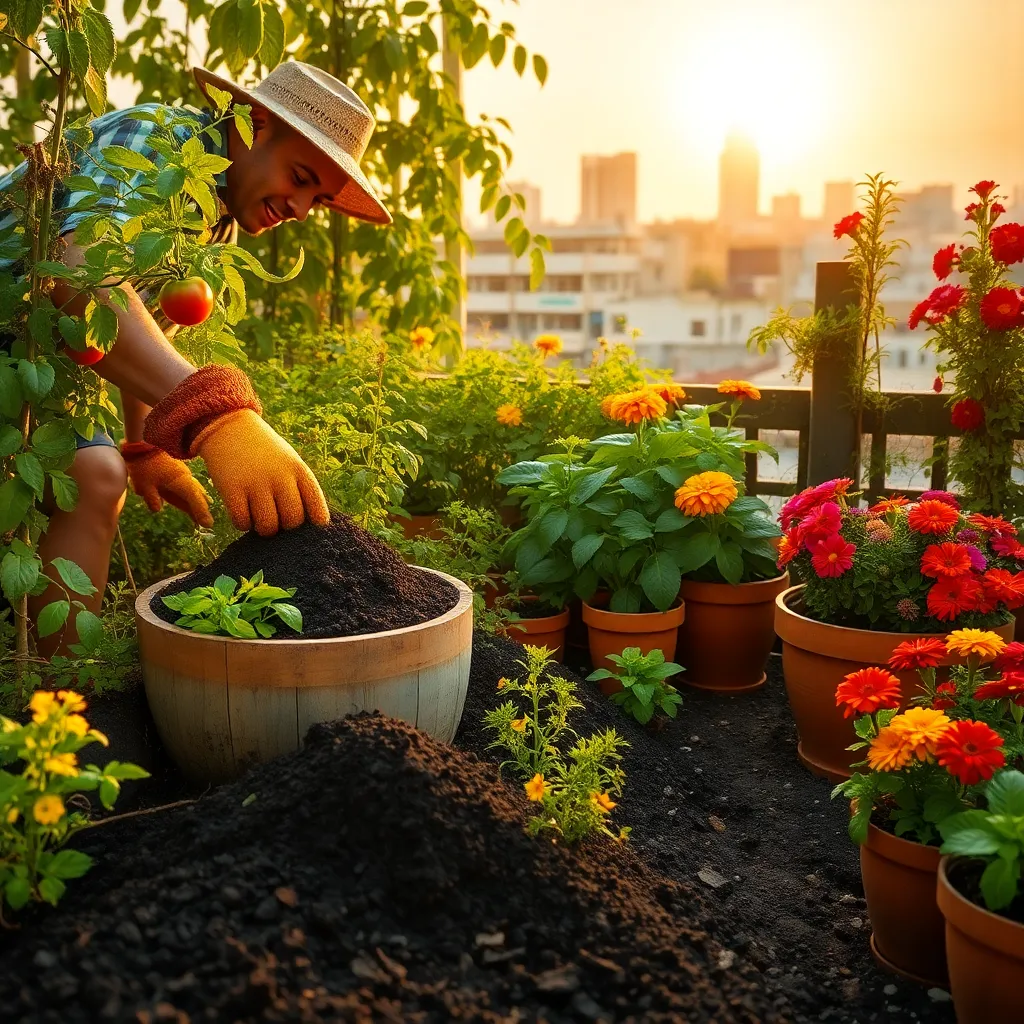Imagine stepping out onto your terrace and being greeted by a lush oasis, right in the heart of your bustling city. Whether you’re a novice just starting your gardening journey or a seasoned green thumb, “Terrace Gardening Tips For Indian Homes” is your trusted companion, crafted to transform any available outdoor space into a thriving garden sanctuary. Here, you’ll find a treasure trove of design ideas that cater to the unique challenges and opportunities of Indian climates, ensuring that your terrace garden not only survives but flourishes.
In this guide, we delve into the art and science of terrace gardening, unlocking secrets that promise bountiful harvests and vibrant blooms. From selecting the right plants for your climate to maximizing space in creative ways, these tips will empower you to cultivate a garden that brings joy and sustenance year-round. With each page, you’ll gain practical insights that demystify gardening techniques, giving you the confidence to nurture your plants with skill and enthusiasm. Get ready to embark on a fulfilling journey that promises not just a beautiful terrace, but a deeper connection with nature’s wonders right at home.
Choose Lightweight Containers Wisely

Choosing lightweight containers is crucial for terrace gardening, especially when dealing with limited weight-bearing capacity. Opt for materials like plastic, fiberglass, or resin, which are not only light but also durable and weather-resistant.
Consider containers with drainage holes to prevent waterlogging, which can be detrimental to plant health. When selecting a pot, ensure it complements the plant’s root size and allows for healthy growth.
For beginners, starting with medium-sized containers provides flexibility in rearranging plants without much effort. Experienced gardeners can experiment with vertical stacking using lightweight containers to maximize space.
Using a lightweight potting mix can further reduce the overall weight of your container garden. Incorporate materials like perlite or coconut coir, which are excellent for aeration and moisture retention.
Utilize Vertical Space Efficiently

Maximizing vertical space is a smart strategy for terrace gardening, especially in Indian homes where space is often limited. Consider using wall-mounted planters or vertical garden panels to grow plants upwards rather than spreading them out horizontally.
Climbers such as money plants, jasmine, and bougainvillea are excellent choices for vertical gardens, as they naturally grow upwards and require minimal space. Ensure they receive adequate sunlight by positioning them against walls facing east or west, allowing for at least 4-6 hours of sunlight daily.
For beginners, starting with herbs like mint, basil, and coriander in hanging pots can be both rewarding and space-efficient. These herbs thrive in well-draining soil with a mix of coco peat and compost, and they need to be watered lightly every other day to avoid waterlogging.
Advanced gardeners can experiment with a hydroponic setup to further optimize vertical space. This technique involves growing plants without soil, using nutrient-rich water solutions, which is ideal for leafy greens and can significantly boost growth rates.
Install Drip Irrigation System

Installing a drip irrigation system on your terrace can significantly improve the efficiency of your watering routine. This system delivers water directly to the roots, minimizing waste and ensuring your plants receive the hydration they need.
To set up a basic system, you’ll need a water source, tubing, and emitters. Begin by mapping out your garden layout and determining where your plants are located to effectively position the emitters.
Choose tubing that is UV-resistant to withstand the harsh Indian sun and ensure longevity. It’s essential to regularly check for blockages in the emitters, especially if your water supply contains sediments.
For beginners, a simple kit that includes all necessary components is a great start and can be easily found at local gardening stores or online. Advanced gardeners might consider incorporating a timer to automate the watering process, ensuring consistent irrigation especially during peak summer months.
To maintain your system, flush the lines periodically to prevent build-up that could restrict water flow. Remember, a well-maintained drip irrigation system can save you time and water, promoting healthier plants and a more sustainable garden.
Select Heat-Tolerant Plant Varieties

Choosing heat-tolerant plant varieties is essential for terrace gardening in India’s hot and varied climate. Start by selecting plants that naturally thrive in high temperatures, such as succulents, bougainvillea, and hibiscus.
Succulents like aloe vera and jade plant are excellent choices due to their ability to store water. They require well-draining soil and should be watered only when the soil is completely dry to prevent root rot.
Bougainvillea is another robust option, known for its colorful bracts and resilience in full sun. Plant them in a sunny spot with sandy, well-draining soil, and keep watering minimal to encourage blooming.
Hibiscus plants can thrive in hot climates if kept in well-drained soil and receive regular watering. For optimal growth, use a fertilizer high in potassium and ensure the plant receives at least six hours of sunlight daily.
Incorporate Organic Fertilizers Regularly

Incorporating organic fertilizers regularly is essential to maintaining healthy plants on your terrace garden. These fertilizers not only enrich the soil but also promote a sustainable gardening practice that benefits the environment.
Start by choosing a type of organic fertilizer that suits your specific plant needs, such as compost, vermicompost, or well-rotted manure. Compost is ideal for improving soil structure, while vermicompost offers a nutrient-rich boost for flowering plants.
Apply organic fertilizers every four to six weeks during the growing season to ensure your plants receive a steady supply of nutrients. For best results, gently work the fertilizer into the top layer of the soil, being careful not to disturb the roots.
For those looking for advanced techniques, consider making a homemade liquid fertilizer using compost tea. Simply steep a bag of compost in water for 24 hours, and use the resulting liquid to water your plants, providing them with a quick nutrient uptake.
Conclusion: Growing Success with These Plants
As we wrap up our exploration of terrace gardening tips for Indian homes, remember these five key concepts: First, understanding the unique climate of your region is crucial for selecting the right plants. Second, optimizing space through vertical gardening and container choices can transform your terrace into a lush retreat. Third, sustainable gardening practices, such as composting and rainwater harvesting, not only enhance your garden’s health but also contribute to environmental conservation. Fourth, regular maintenance, including timely watering and pruning, ensures your garden remains vibrant. Finally, fostering a connection with your plants can be a rewarding relationship that enhances your well-being.
Now, take a moment to step onto your terrace and envision your new garden. Begin by selecting one plant to nurture this week, setting the foundation for your green oasis. Remember, this journey is about growth and connection.
Be sure to bookmark this article, so you have these valuable tips at your fingertips, ready to guide you as your garden blossoms. As you nurture your terrace garden, you’re also nurturing a successful relationship with nature, embodying patience, care, and growth. Embrace the journey, and watch both your garden and your spirit flourish.

